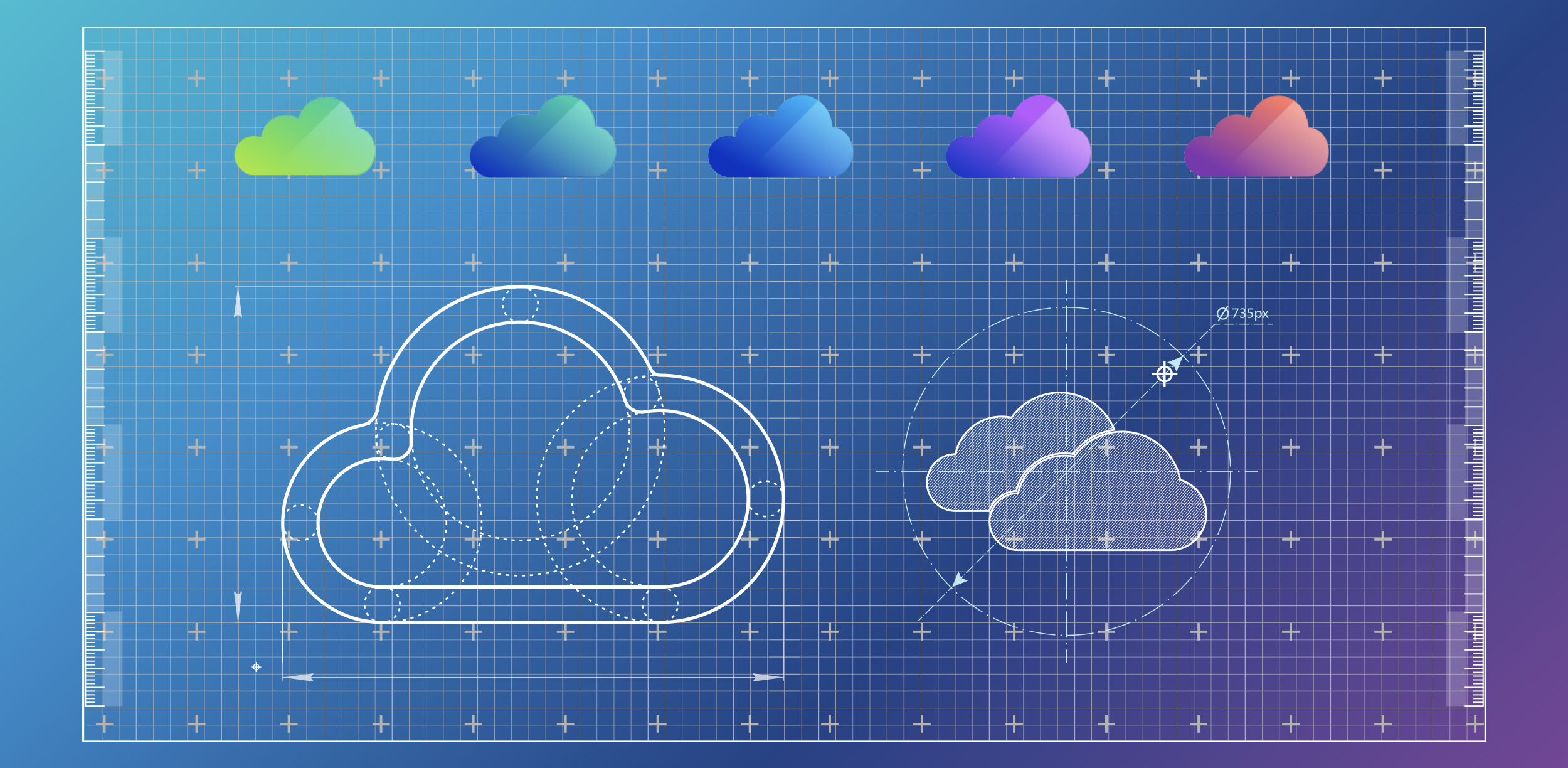In my tech predictions for 2023, I said I believed that this would be the year that the industry would coalesce around an early multi-cloud architecture — one that would eventually take hold across the industry and become mainstream. The result, I asserted, would prompt an overhaul of how we designed platforms and applications.
Today, I wanted to double-click on that concept. As I mentioned in my last blog, I recently spoke at TheCUBE’s Supercloud 2 event, where we delved into the challenges and opportunities that cloud adoption presents. This new era of digital innovation will be marked by improved standards for integration, security, edge services, and more.
But what is a multi-cloud “architecture” and how does that differ from a cloud “platform”?
Think of a platform as a set of products from a single vendor designed to build applications. For example, VMware's Tanzu platform. On the other hand, a multi-cloud architecture, (or “Supercloud” architecture), is a standardized design construct for building both applications and platforms. And it's vendor-agnostic, meaning it works across different vendors and clouds.
So, if we have platforms, why do we need this multi-cloud architecture?
While most businesses already use multiple clouds, they didn't necessarily plan to. It just kind of happened over time, through shadow IT, acquisitions, and the pursuit of the best-of-breed technologies. Today, the average number of public clouds that an organization relies on has increased 69% over the last two years—to 2.2 and is expected to increase to nearly three over the next five years. That’s according to the Multi-Cloud Maturity Research Report, VMware’s global survey of nearly 6,000 companies conducted by market-research firm Vanson Bourne.[1]
But the problem is that these multi-cloud environments each have their own unique operational needs and require extra work to connect everything together. This results in “cloud chaos”, lack of consistency, and wasted time on redundant work. In the aforementioned study, these challenges impact nearly 70% of companies surveyed.
Enter the Supercloud architecture. It's designed to handle a multi-cloud state from the start, making it a streamlined and economical solution. And it doesn't matter if you're deploying to one cloud or many, the Supercloud architecture is there to help you connect the dots and add new cloud services with minimal effort.
But what does this mean for your business? It means less hassle with special-case support, while providing the basis for a more secure multi-cloud software supply chain. It also means your developers and DevOps teams will be able to work more efficiently, without wasting time on low-value tasks. And best of all, you'll be able to take advantage of any cloud capabilities from any cloud provider that benefits your business outcomes.
In short, the Supercloud architecture is where we need to go as an industry. The concept is evolving fast so expect to see more definition and refinement in the coming year(s). I’m excited about what is to come, and I hope you are, too!
1-Vanson Bourne. “The Multi-Cloud Maturity Index Research Report,” October 2022
